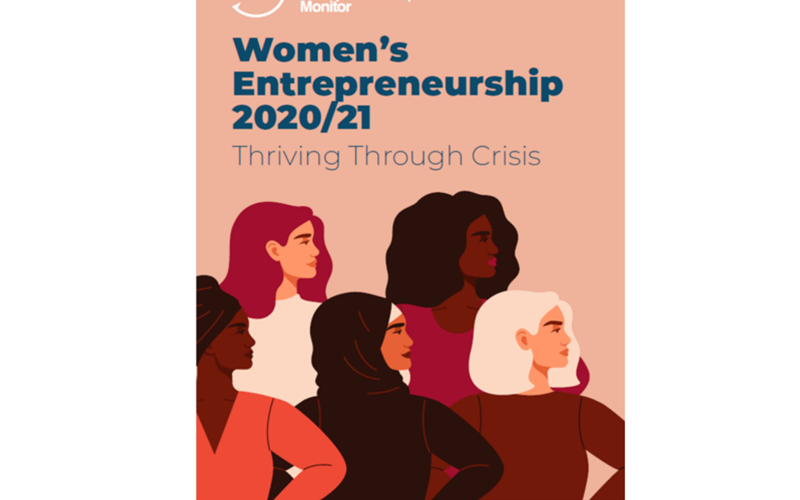17 Nov 2021
In its 2020/21 Women’s Entrepreneurship Report: Thriving through Crisis, Global Entrepreneurship Monitor (GEM) found that globally, 30.2% of women entrepreneurs surveyed expected to hire six or more employees in the next five years compared to just 18.7% in the 2019 report. According to the new report, the percentage of men expecting to hire six or more employees in the next five years is 48%.

"There has been a slow shift in the narrative on women’s entrepreneurship from encouraging a high number of startups to more focus on promoting higher growth activities," said Amanda Elam, a GEM researcher, Research Fellow at Babson College’s Diana International Research Institute and the lead author of the GEM 2020/2021 Women’s Entrepreneurship Report. “Tens of millions of women around the world are making a significant impact. It is now time to work on the key promoting factors, like providing strong champions and role models, inclusion in influential business networks, and access to financial capital, that ensure women entrepreneurs and business owners, who are starting and growing high growth companies, can thrive.”
Trends from Around the World
As the largest ongoing study of entrepreneurial dynamics in the world, GEM research also highlights trends across different regions. Notably, the rate of entrepreneurial activity among European women stands at only 5.7%, compared with a worldwide average of 11%. Women entrepreneurs in Europe had a much more even distribution across industry sectors, with some of the highest rates of entrepreneurship in the Internet, Communications, and Technology (ICT) sector across all regions, higher than men entrepreneurs in the Netherlands and Switzerland.
Pandemic’s Impact on Women Entrepreneurs
The report highlights how women entrepreneurs have been impacted by the pandemic. Globally, women and men were more or less at parity in reporting that the pandemic provided new business opportunities (40.6% vs 42.2%). However, women entrepreneurs were about 10% more likely than men entrepreneurs to see government responses as effective in low-income (44.1% vs 39.6%) and middle-income countries (40.3% vs 35.1%) but trended in the opposite direction in high-income countries (43.9% vs 47.9%).
"The pandemic has set generations back with the triple threat of small business size, heavy industry sector impacts and the additional burden of family care in addition to work demands," said Jeff Shay, GEM Board Member and Professor and Executive Director for Academic Operations at the Arthur M. Blank School for Entrepreneurial Leadership at Babson College. "Women entrepreneurs have shown remarkable resilience and ingenuity in adapting to the resulting business disruptions and new market realities. But public policies in many countries have still fallen short with insufficient support for family care, schooling and small business impacts."
Download the 2020-2021 GEM Women's Entrepreneurship Report